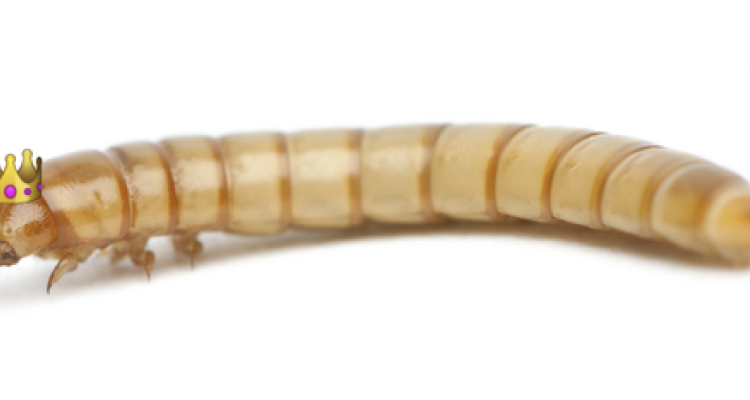
Project
Utilization of the iron-binding protein complex ferritin from edible insects
Iron deficiency is currently the most common micronutrient deficiency among humans. It is estimated that over 1.2 billion people suffer from iron deficiency anaemia disorder worldwide. Today, the most efficient source of iron is “heme” iron, derived from hemoglobin and myoglobin of animal food sources. However, the direct negative effect of the meat industry on the environment, alongside its high cost, calls for sustainable alternatives.
Over the years 2021-2027, the annual growth of the edible insect industry is estimated to be 26.5%. This estimation is supported by the actions of the European Food Safety Authority, which commissioned a favorable opinion regarding the yellow mealworm as a novel food earlier this year. The edible insect industry enables a conversion of organic side streams into high quality proteins, advancing the implementation of circular agriculture in a sustainable manner. Additionally, edible insects have been proposed as a valuable source of iron by virtue of a high concentration of this essential micronutrient. For instance, the iron concentration of the lesser mealworm (21 mg/100g) is higher than that of the sirloin beef (15 mg/100g). Furthermore, the bioavailability of iron in common edible insects, such as mealworms and grasshoppers is similar to that of beef. While the fractionation of raw insects into different commercial products is a common practice in the edible insects processing chain, there are no commercial insect-based iron products.
It is thought that the high bioavailability of insect iron is sourced from the iron-binding protein complex ferritin. Nevertheless, insect ferritin has been mostly studied for pest control purposes and has not been studied in edible insect species. Insect ferritin is a multifunctional secreted protein complex that primarily functions as an iron transport complex. The 669 kDa protein complex consists of 24 subunits forming a hollow spherical shell that is loaded with up to 4500 iron atoms
The iron stored in the ferritin is found mostly in a highly bioavailable ferrous state.
In most insects, holoferritin (ferritin loaded with iron) is present in the hemolymph, the fluid equivalent of blood in insects, as a secreted protein complex from various insect tissues. The ferritin concentration in insect hemolymph can also be high, as shown in the housefly’s hemolymph which can contain ferritin concentrations of up to 0.28 mg/ml. However, ferritin distribution and quantification in edible insect species is not known.
Aim
The aim of this project is to provide a proof of principle to introduce a novel link in the insect for food and feed production chain, namely ferritin purification, resulting in a new, ferritin-based iron supplement for human consumption. Additionally, the project is aimed to provide fundamental data and insights of edible insect ferritin, contributing to the advancement of edible insects as an iron source.
Approach
Four objectives have been established. The first is to localize and quantify edible insect ferritin. The second objective is to develop a proof of principle for a novel, sustainable and up-scalable ferritin purification procedure from edible insects. The third objective of the project is to characterize the physicochemical variables to address insect ferritin handling and consumption by humans. The final objective is to provide an in vitro iron bioavailability and toxicity assay of insect ferritin for human consumption.